Order of Exercises
- Welcome RemarksMaster of Ceremonies
- Processional
- National AnthemMonica Garza, UTRGV School of Music
- Alma Mater
- Introduction of Colleges/Schools and Stage PartyMaster of Ceremonies
- Presidential RemarksGuy Bailey, Ph.D.
- Provost and Senior Vice President for Academic Affairs Remarks Luis H. Zayas, Ph.D.
- Conferral of DegreesGuy Bailey, Ph.D.
- TraditionsLuis H. Zayas, Ph.D.
- Presentation of Graduates by College/SchoolDeans
- Closing Remarks Luis H. Zayas, Ph.D.
- Recessional
Leadership
Graduates by College or School

Robert C. Vackar College of Business & Entrepreneurship

College of Education & P‑16 Integration
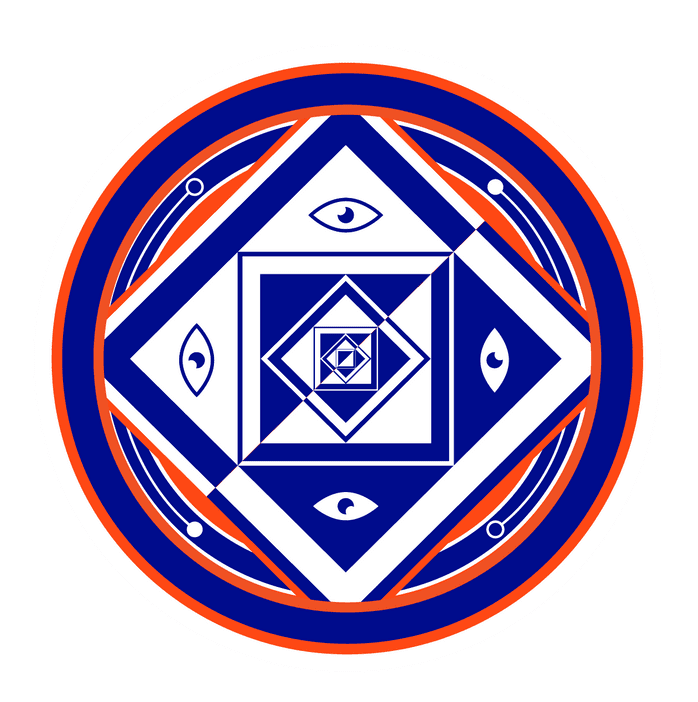
College of Engineering & Computer Science

College of Fine Arts

College of Health Professions

College of Liberal Arts

College of Sciences
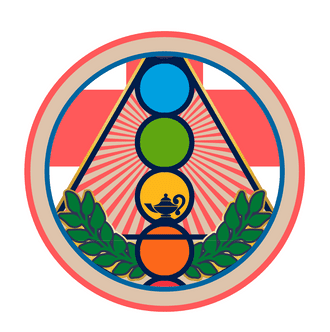
School of Nursing

School of Social Work
Graduate College
Honors College
Regalia & Customs of Commencement
The colorful regalia and traditional customs of college commencements trace their beginnings back to the origins of the contemporary university in medieval Europe. Modern American colleges and universities carry on many traditions that began at Oxford and Cambridge to demonstrate the continuity of learning over the centuries and to emphasize the importance attached to commencement exercises. Academic regalia refer to the distinctive attire worn by students, faculty, and other university officials at commencement.
The origins of academic dress date back to the 12th and 13th centuries, when universities were taking form. The ordinary dress of the scholar, whether student or teacher, was the dress of a cleric. Though the custom of wearing academic dress was brought to America in colonial times, it was not until 1895 that a standardized code of academic dress was established and followed by most colleges and universities. The gown, hood, cap, and additional ornaments are the main categories of academic regalia and are distinctive for each degree.
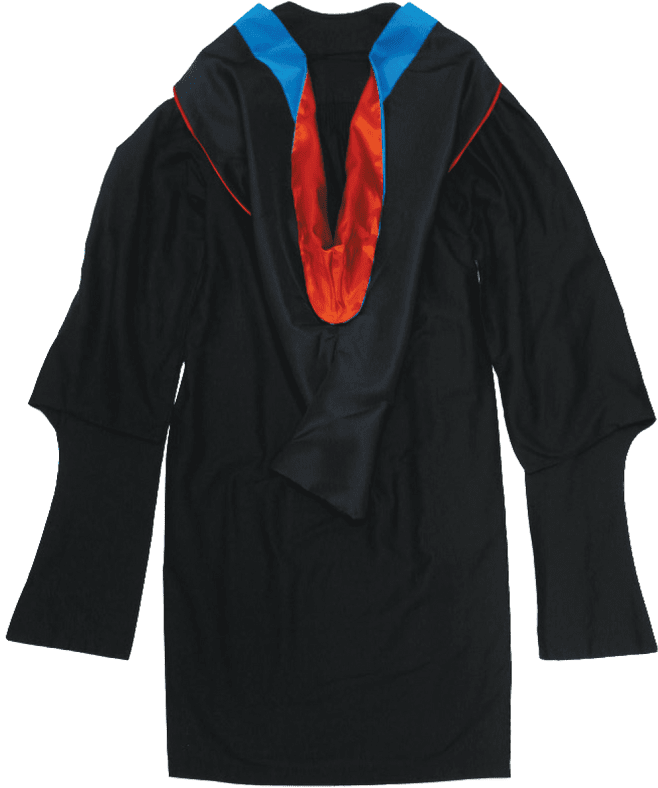
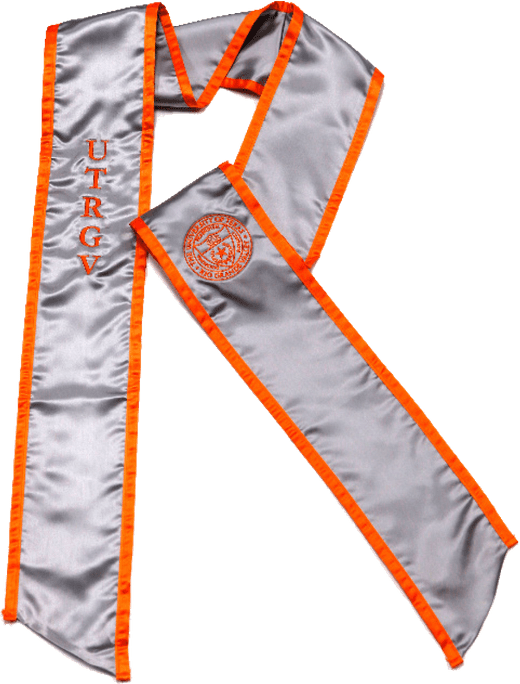

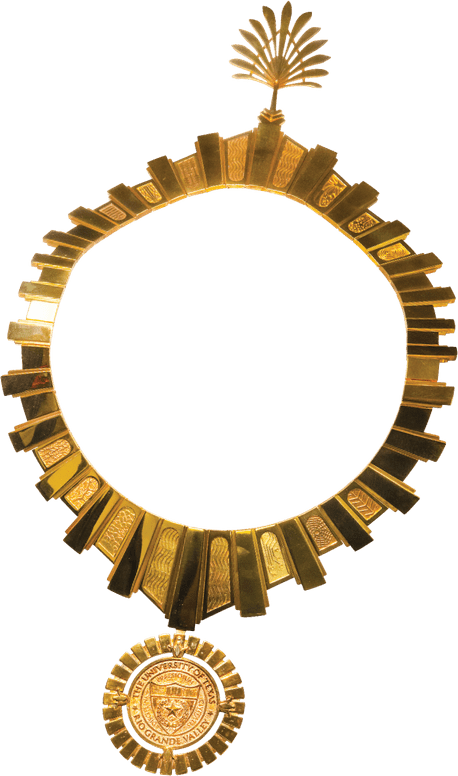




UTRGV College Gonfalons
The college gonfalon—or banner—with roots in the Middle Ages, was a symbol of units or family groups. Today, gonfalons are used at official university ceremonies as heraldic devices and are frequently carried during processionals at commencement.
At UTRGV, each college has a custom-designed banner signifying its academic unit. Each flag is rich in unique symbolism while also showing unity through size, shape, and color. The swoop at the bottom of each gonfalon represents the border of Texas, and the field of blue with gold stars of Texas represents the distributed nature of UTRGV—from Rio Grande City to South Padre Island.

Alma Mater
Gather as one in voice ascending raising the song and anthem to thee. Orange and grey, your reign's unending; Hail to the mighty UTRGV!
Chorus: Strength and devotion, we shall sustain. True to your colors we shall remain. Ever our song shall be raised on high. UT Vaqueros 'til we die!
Joyful our days in halls eternal knowledge and skill forever endured. Let it be said “your love's maternal”. Nurturing wisdom which all are ensured.
(Repeat Chorus)














